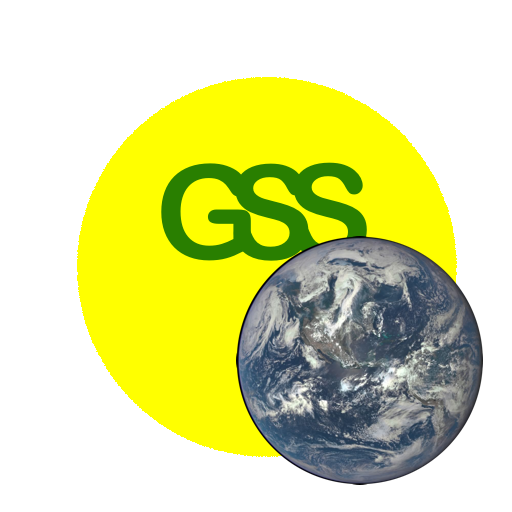Category: Related Articles
CC8C. 2020—What Are the Consequences of Global Warming?
Staying current for Chapter 8 Articles from 2020 Stay current index page for Chapter 8. { Climate Change Contents } 2020-12-23. This experimental vineyard seeks to save wine from climate change. By Sarah Kaplan, The Washington Post. Excerpt: French scientists are hard at work, trying to find varieties of grapes that will thrive in warm weather…. […]
CC8C. 2013—What Are the Consequences of Global Warming?
Staying current for Chapter 8 Articles from 2013 to 2019 To Stay current index page for Chapter 8 { Climate Change Contents } 2019-12-27. What Do You Get When You Cross a Thunderstorm with a Wildfire? By Jenessa Duncombe, Eos/AGU. [https://eos.org/articles/what-do-you-get-when-you-cross-a-thunderstorm-with-a-wildfire] Excerpt: There are few things more ominous than a looming thundercloud. Add a wildfire to […]
CC8C. 2006—What Are the Consequences of Global Warming?
Staying current for Chapter 8 Articles from 2006–2012 Stay current index page for Chapter 8 { Climate Change Contents } 2012 December 07. Global Change session at American Geophysical Union (AGU) meeting, titled The Anthropocene: Confronting the Prospects of a +4C World: (2 hours) http://www.youtube.com/watch?v=98M4i6tNgJ8&feature=player_embeddedIncludes (session GC51H): 01. Temporal and spatial scales of an Anthropocene Series – Jan […]
CC7C. Stay Current—What Is the Controversy About?
Staying current for Chapter 7 { Climate Change Contents } See non-chronological resources (bottom of page). 2025-11-18. High-resolution climate model forecasts a wet, turbulent future. By Paul Voosen, Science. Excerpt: For all their usefulness in forecasting global warming, climate models tend to paint the future in the broad strokes of an Impressionist artist. …Now, a new […]
CC6C. Stay Current—How Is the Atmosphere Changing?
Staying current for Chapter 6. { Climate Change Contents } See non-chronological resources (bottom of page). 2025-11-21. Turning point. By Paul Voosen, Science. Excerpt: Global greenhouse emissions will soon flatten or decline—a historic moment driven by China’s surge in renewable energy. In July, a team of scientists assembled…to study an anomalous wobble in a data […]
CC5C. Stay Current—How Is Carbon Dioxide Measured?
Staying current for Chapter 5. { Climate Change Contents } See Non-chronological resources for this chapter (bottom of page). 2023-02-06. Battling Lava and Snowstorms, 2.5 Miles Above the Pacific. [https://www.nytimes.com/2023/02/06/climate/mauna-loa-carbon-dioxide-eruption.html] By Raymond Zhong, The New York Times. Excerpt: Two and a half miles above the Pacific, with the combined exhalations of a vast swath of […]
AC9C. Stay Current—Cosmos Begins… and Ends?
Staying current for Chapter 9 { A Changing Cosmos Contents } The Mysteries of the Cosmos – a panel discussion with astronomers Phil Plait, Mike Brown, Debra Fischer, Andrea Ghez, and Saul Perlmutter. Topics: newly discovered solar system objects; the black hole in our galaxy; expansion of our universe. 2025-10-10. Zircon Crystals Could Reveal Earth’s Path […]
AC8C. Stay Current—Search for Habitable Planets
Staying current for Chapter 8 { A Changing Cosmos Contents } Articles from 2008–present NASA’s Kepler mission (to find Earth size planets in the habitable zones of stars)See GSS NASA Kepler page, Kepler Mission Chronology, and the archived Kepler education website. 2025-10-01. Exoplanet without a sun found gobbling up 6 billion tons of gas and […]
AC7C. Stay Current—Planet-Star Systems
Staying current for Chapter 7 { A Changing Cosmos Contents } See also articles from 2008–2020. Asteroid visualization (YouTube) – an animation of the solar system showing asteroid discoveries starting in 1980. Earth Crossers are Red. Earth Approachers (Perihelion less than 1.3AU) are Yellow. All Others are Green. Articles from 2021–present 2025-12-17. Titan might not have […]
AC6C. Stay Current—Dramatic Change in Stars
Staying current for Chapter 6 { A Changing Cosmos Contents } Articles from 2006–present 2025-08-20. Extremely stripped supernova reveals a silicon and sulfur formation site. By Steve Schulze et al, Nature. Abstract: Stars are initially powered by the fusion of hydrogen to helium. These ashes serve as fuel in a series of stages1,2,3, transforming massive […]

